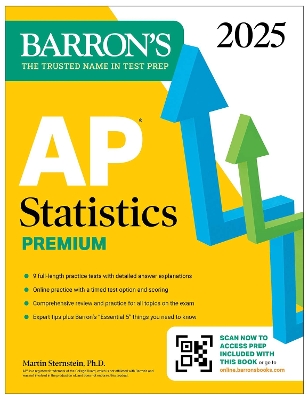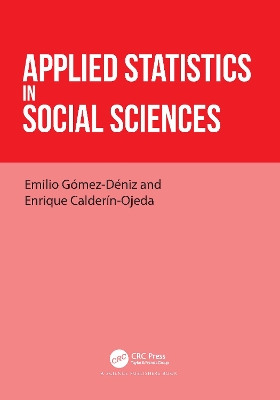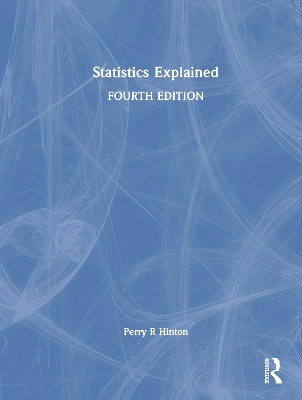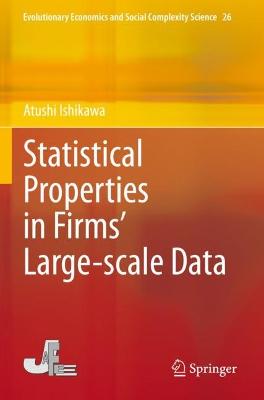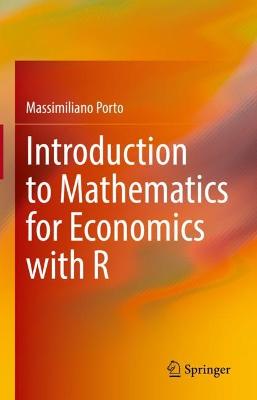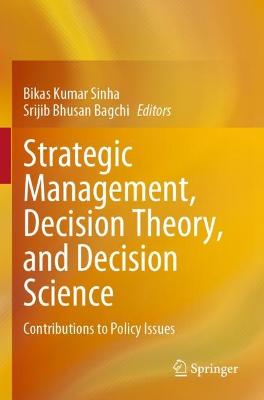State of the Art in Partial Least Squares Structural Equation Modeling (PLS-SEM)
 portes grátis
portes grátis
State of the Art in Partial Least Squares Structural Equation Modeling (PLS-SEM)
Methodological Extensions and Applications in the Social Sciences and Beyond
Sarstedt, Marko; Ciornea, Raluca; Ringle, Christian M.; Radomir, Lacramioara; Liu, Yide; Wang, Huiwen
Springer International Publishing AG
09/2024
597
Mole
9783031345913
15 a 20 dias

